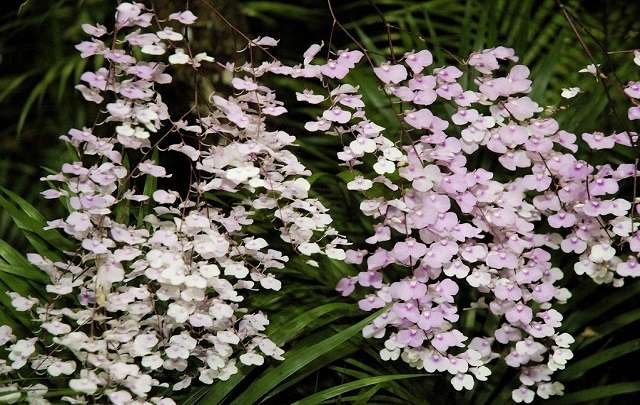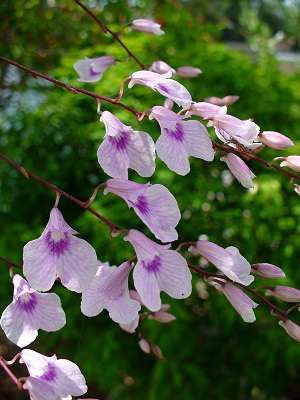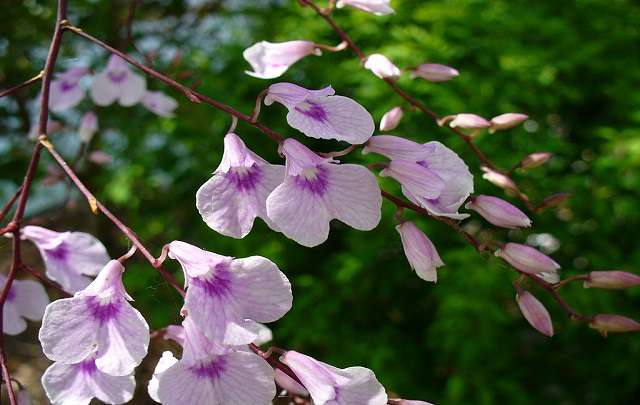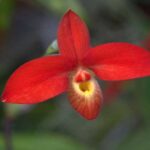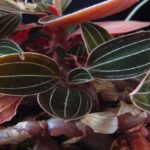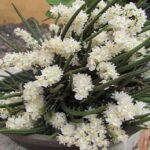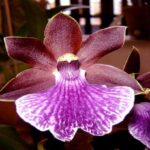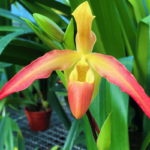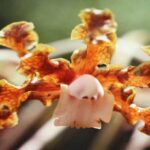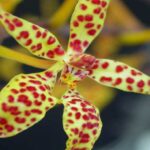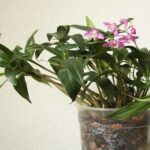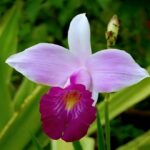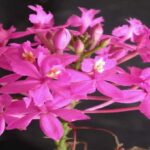Orchids of the Ionopsis genus are little known among orchid enthusiasts, but they certainly deserve attention.
Found from North America to Brazil, this orchid genus currently comprises 6 species:
- Ionopsis burchellii
- Ionopsis minutiflora
- Ionopsis papillosa
- Ionopsis satyrioides
- Ionopsis zebrina
- Ionopsis utriculariodes
If you want to learn more about this genus, its characteristics, and how to cultivate them, keep reading. Also, access our free guide by clicking the green button below.
Learn How to Achieve Super Blooms on Your Orchids
🛑 If you love orchids and you're tired of not being able to make them bloom...
Then, know that thousands of beginner growers are achieving beautiful flowers on their orchids by following this method.
Click the button below to have beautiful orchids with show-worthy flowers every year. ⤵
About
Popularly known as coffee orchids, these plants can be found in the following countries:
- Brazil
- Paraguay
- United States
- And others
They are usually found in places up to 1300 meters in altitude, attached to coffee trees, orange trees, guava trees, and other trees.
An interesting fact about this orchid is its name:
- Ion means violet
- Opsis means appearance
That is, its name was given due to the resemblance of its flowers to violets.
These flowers, besides being similar to violets, often stand out due to their large size compared to the plant.
How to Care for Ionopsis
Unfortunately, these orchids are not easy to cultivate, so not every cultivator will be able to get good flowers with them.
The main reason this plant is difficult to cultivate is due to humidity.
While normal orchids need average humidities between 50% to 70%, Ionopsis may require higher average humidities of more than 85%.
If you have an orchid of this genus, here are some tips:
- Provide high humidity
- Plant on trees, avoid pots
- Water constantly (2 or 3 times a day)
Now, let’s talk a little more about the most famous species of this genus.
Ionopsis Utriculariodes
This is an epiphytic orchid commonly found in Brazil.
Its flowers appear between autumn and spring, producing up to 75 flowers measuring 1 to 1.5cm (0,4 to 0,6 inch) in length.
All these flowers come with beautiful flower stalks that can reach up to 80cm (31,5 inches) in height.
Regarding its cultivation, below I have listed some tips that will help you grow Ionopsis utriculariodes correctly:
- Plant it on trees
- During summer, provide average temperatures of 27°C (80.6°F) in the morning and 19 to 20°C (66.2-68°F) during the nights. During winter, provide average temperatures of 21 to 23°C (69.8-73.4°F) during the day and 16°C (60.8°F) at night.
- Medium brightness, use 50% shading
- Water 2 or 3 times a day
- Fertilize with NPK 20-20-20 every 10 days
- Provide high humidity, from 85% to 90% during the rainiest months and 80% in the driest months
In addition to all these care, also try to prevent pests and diseases in your orchid, especially mealybugs.
Conclusion
Ionopsis orchids are little-known but very beautiful. If you are thinking of getting one, make sure you can provide the necessary conditions for its cultivation, especially high humidity.
Now, if you want an orchid whose cultivation is simpler, below we have selected some great options:
- Vanda Orchid
- Cattleya Orchids
- Oncidium (Dancing-lady Orchid)
- Cymbidium (Boat Orchid)
- Catasetum Orchids
- Ludisia the Jewel Orchid
Like it? Then leave your comment and share this article on your social networks.


